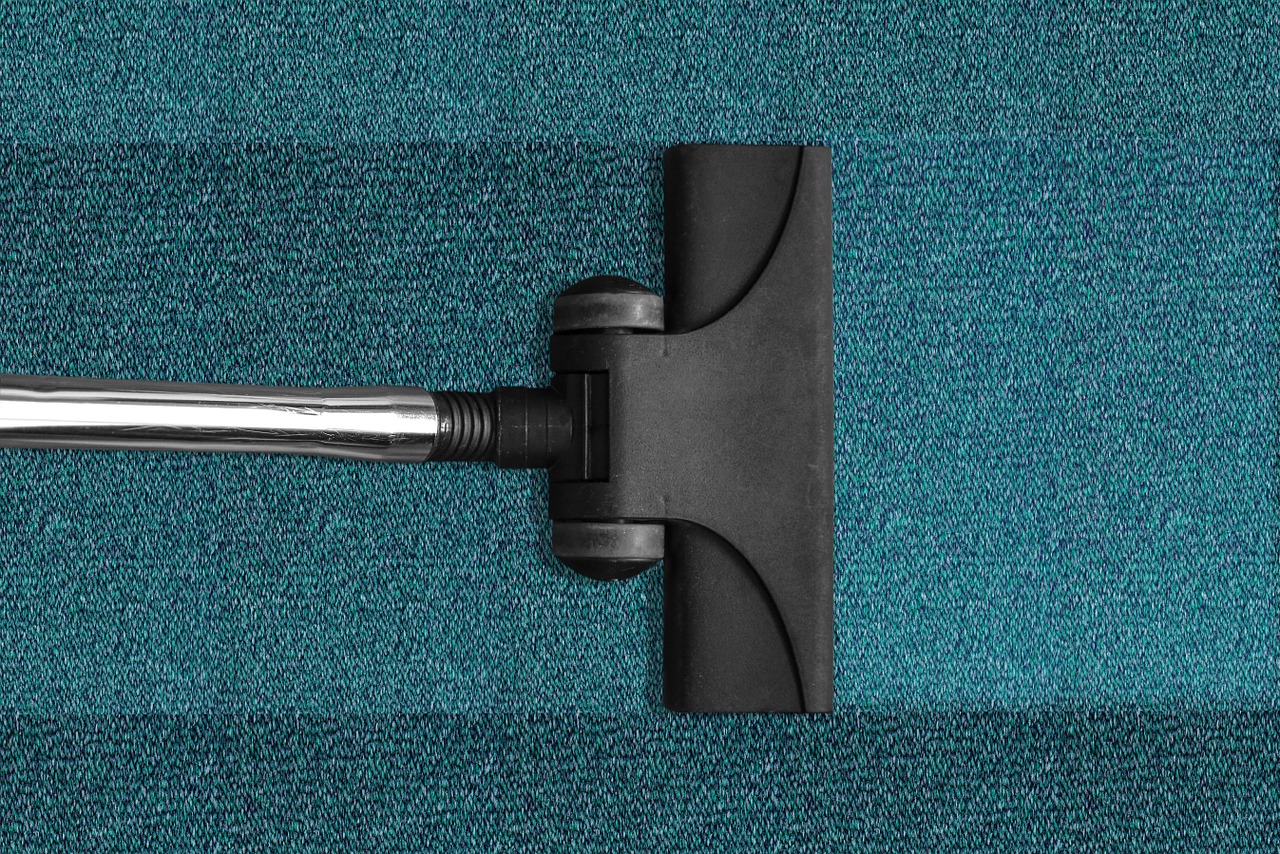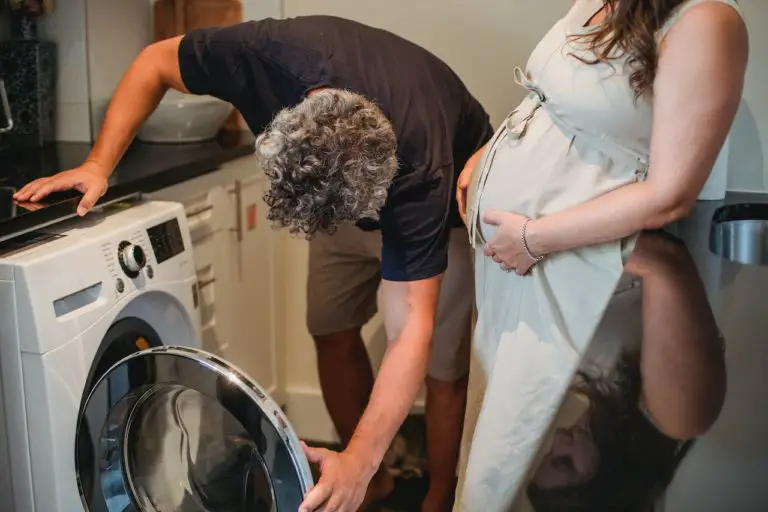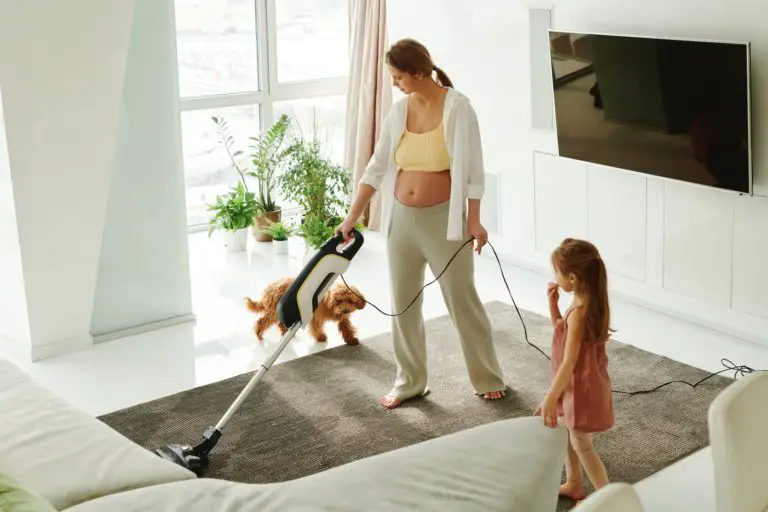20 Surprising Things You Forget to Clean at Your Home
Cleaning is one of those things that we think we know how to do, but often times we forget some of the little details. You may not realize it, but there are a lot of things in your home that need attention.
Here are 20 surprising places/things you might forget to clean at your home:
1) Your mirror

One of the things that we often forget to clean is our mirrors. This is because when we take a look at ourselves in the mirror, we are usually looking at our reflection and not the actual mirror itself. In short, we forget to clean our mirrors because we don’t think about it.
The surface of a mirror is very smooth, and it’s easy for dirt and dust to accumulate on it. If the mirror isn’t cleaned regularly, it will become dirty and streaky, and it will be difficult to see clearly in it.
How to clean a mirror:
- Mix vinegar with water
- Spray the mirror with the vinegar mixture
- Use a soft cloth to wipe the mirror
- Finally, buff the mirror with a dry cloth
2) The cracks around the door hinges

One of the most overlooked places for cleaning is the areas around door hinges. The cracks and crevices can easily become filled with dirt, dust, and grime, which can lead to a build-up over time. Not only does this look unattractive, but it can also be a breeding ground for bacteria and other contaminants. By regularly cleaning these areas, you can keep your home looking neat and tidy and help to prevent the spread of germs.
How to clean the cracks around the door hinges:
The best way to clean the cracks around door hinges is to use a vacuum cleaner with a crevice tool attachment.
- First, remove any large pieces of debris from the crack with your hands.
- Then, use the vacuum cleaner to suction up the remaining dirt and dust.
- Be sure to hold the vacuum cleaner nozzle parallel to the crack so that it can clean all the way down to the bottom.
3) The dirt on the wall behind your refrigerator

This is an example of a surface you would likely not clean on a regular basis, as it is out of sight and may not be perceived as being dirty. However, over time, this surface can become covered in dirt, dust, and food residue, which can be difficult to remove. By cleaning this surface on a regular basis, you can help to prevent the build-up of debris and keep your kitchen looking clean and tidy.
How to clean the wall behind your refrigerator:
- First, mix one part vinegar with three parts water in a spray bottle.
- Then, spray the mixture onto the wall and let it sit for a few minutes.
- Next, use a scrub brush to scrub the wall and rinse it with warm water.
4) The dust on the shelves under your TV

Dust accumulates over time, especially on horizontal surfaces. Television shelves are a perfect place for dust to accumulate because they are horizontal and people often forget to clean them. Dust can cause allergies and respiratory problems, so it is important to clean them regularly.
How to clean TV shelf:
- Remove all dust and dirt with a soft cloth.
- If there are any stubborn stains, they can be removed with a mild detergent and water.
- The shelf should then be dried completely to prevent any moisture damage.
5) The cobwebs covering the light fixtures in your hall

Cobwebs and other debris can accumulate on light fixtures over time, leading to reduced light output and, in some cases, creating a fire hazard. While it is generally easy enough to clean light fixtures with a duster or vacuum cleaner, many people forget to do so, which can lead to unwanted build-up. Also, these webs can be a breeding ground for insects and other pests, and should be cleaned regularly.
How to clean light fixtures:
- Take a damp cloth and wipe the fixture down.
- If there is any dirt or dust on the fixture, it can be removed with a toothbrush.
- If the light fixture has a glass cover, it can be cleaned with a glass cleaner.
6) Remote Controls

Remote controls are often forgotten about in the cleaning process. They can be easy to clean, however, with a little bit of time and effort.
How to clean a remote control
- First, remove the batteries from the remote control
- Next, use a slightly damp cloth to wipe down the surface of the remote control
- Be sure to avoid getting moisture inside any of the buttons or ports on the device
7) Frames

Picture frames can be a haven for dust and other allergens. Not only can dust accumulate in picture frames over time, but other allergens such as pet dander, pollen, and mold can as well. If you have allergies, it’s important to clean your picture frames on a regular basis.
How to clean picture frames:
- Use a dry cloth to dust the frame and then use a slightly dampened cloth to wipe away any smudges or fingerprints.
- If the frame is particularly dirty, a small amount of soap or detergent can be used on the dampened cloth.
- Allow the frame to air dry before replacing the picture.
8) House Plants

House plants can accumulate dust and dirt over time which can cause them to look unhealthy. To clean your house plants, you can use a damp cloth to wipe down the leaves and stem. You can also use a small amount of dish soap diluted in water to help remove any built-up dirt or grime. Be sure to rinse the plant well afterwards and allow it to dry completely before returning it to its original location.
9) Backside of Your Toilet

The backside of your toilet is often forgotten about when it comes to cleaning, but it is an important part of hygiene. The area can become dirty and filled with bacteria if not cleaned on a regular basis. To clean the backside of your toilet, you can use a hard brush to scrub the area. Be sure to use hot water and disinfectant to kill any bacteria.
10) Underneath Your Oven

The spaces underneath your oven can easily become cluttered with dirt, food, and grease. This can lead to a number of problems, such as pests being attracted to the area, bad smells, and even a fire hazard. It is important to clean these spaces on a regular basis in order to keep your oven functioning properly and your home healthy.
11) Throw Pillows

The average person spends around one third of their life sleeping, making pillowcases a common place for bacteria to thrive. In order to reduce the amount of allergens in your environment, it is important to regularly clean your pillows.
How to clean throw pillows:
- You’ll want to check the care instructions first, as some materials may require special care.
- If the pillow is not machine-washable, you can try spot cleaning it with a damp cloth and a mild detergent.
- If that doesn’t work, you can try vacuuming it to remove any dust or debris.
- If the pillow is heavily stained, you can try spot cleaning it with a little bit of detergent, but if that doesn’t work, you may need to wash the entire pillow.
12) Door Handles

Door handles are frequently touched and can easily become a source of contamination. Several studies found that door handles are one of the most common places where bacteria are found on public spaces.
How to clean door handles:
- Use a disinfectant wipe or a rag dampened with vinegar or diluted bleach.
- Another option is to use a household cleaner such as Formula 409 or Fantastik.
- Be sure to read the label of any cleaning product before using it on door handles, as some products can be harmful if used in an inappropriate way.
Tip: Always test a small area of the door handle first to make sure the cleaner doesn’t damage the finish.
13) Washing Machine

Cleaning the washing machine is an essential maintenance task that is often forgotten. Lint, dirt, and detergent can build up over time and cause the machine to work less efficiently. In addition, dirty machines can lead to the growth of mold and mildew.
How to clean washing machine:
- One way is to pour one cup of vinegar into the washer and run it on the hot setting.
- This will help to break down any build-up and loosen any dirt or debris.
- Another way is to use a chlorine bleach tablet. Put it in the drum of the washer and run it on a hot setting.
14) Dishwasher

While dishwashers are a great time saver, they can be a breeding ground for bacteria if not properly cleaned. The interior of the dishwasher needs to be cleaned regularly with hot water and detergent. The filters at the bottom of the dishwasher should also be cleaned monthly. Food particles and grease can build up on the filters and cause bacteria to grow.
How to clean a dishwasher:
- First, run a cycle with vinegar and baking soda solution — this will help to remove any build-up or residue on the interior and exterior of the machine.
- Next, use a toothbrush to clean around the spray arm and the filters — this will help to remove any food particles that may have collected there.
15) Trash Can

One of the things that we often forget to clean is our trash can. This is because it is often out of sight and out of mind. However, it is important to remember to clean our trash can on a regular basis, as it can quickly become dirty and filled with bacteria.
16) Reusable Water Bottles

While it may seem like a good idea to save money and use the same water bottle over and over again, these bottles can become a breeding ground for bacteria if not properly cleaned. To avoid gastrointestinal issues, it is important to clean your water bottle after each use.
How to clean a water bottle:
- Remove the cap and rinse the inside of the container with warm water.
- Next, add a small amount of dish soap to the bottle and shake vigorously.
- Finally, rinse the bottle with warm water again and allow it to air dry.
17) Blinds

When you forget to clean your blinds, dust and other allergens can build up, leading to respiratory problems. Additionally, if you have pets, their hair and dander can also accumulate on the blinds. To avoid these issues, it is important to clean your blinds on a regular basis.
How to clean blinds:
- To clean your blinds, you will need a vacuum cleaner with a brush attachment, some soapy water, and a cloth.
- First, remove the blinds from their brackets and vacuum them thoroughly to remove any dust or dirt.
- Use the cloth and soapy water to deep clean the blinds.
18) Ceiling Fans

Ceiling fans can be notorious for collecting dust, dirt, and other allergens. The dust eventually lead to problems like decreased air flow and an increase in allergies.
How to clean a ceiling fan:
- First, remove the fan blades by unscrewing them or pulling them off. If they’re glued on, you may need to use a knife or other sharp object to pry them loose.
- Next, clean the blades with a damp cloth. You can also use a small amount of mild detergent if necessary.
- Then, clean the fan housing with a damp cloth. Be sure to avoid getting water inside the motor or any other electrical components.
19) Air Conditioner/Heater Vents

Air conditioner and heater vents can easily become cluttered with dust, hair, and other debris. This can lead to decreased airflow and increased energy usage. It’s important to clean these vents regularly to ensure that your home stays comfortable and your energy bills are low.
How to clean air conditioner/heater vents:
- Remove the vent cover. This can be done by unscrewing it or prying it off with a screwdriver.
- Once the cover is removed, the inside of the vent can be vacuumed or dusted with a soft brush.
- If there is any built-up dirt or dust, it can be removed with a cleaner specifically designed for air conditioners.
20) Coffee Machine

Studies show that the coffee machine was a major source of bacterial contamination, with approximately 60% of all surfaces on the machine sampled positive for bacteria. The areas of highest contamination were the buttons and levers used to dispense coffee, as well as the milk jug spout and the water reservoir.
Coffee residue and oils can build up on the machine over time, which can lead to decreased performance and even damage. In order to clean the coffee machine, you’ll need to disassemble it and clean all of the individual parts. Be sure to refer to the manufacturer’s instructions for specific instructions on how to clean your particular machine.
How to clean a coffee machine:
- The first step is to remove the water tank and dump out any residual water.
- Then, using a soft cloth, wipe down all of the surfaces of the machine, including the inside of the water tank.
- Next, use a descaling solution to clean the inner workings of the machine.
- Finally, rinse everything off with fresh water and replace the water tank.


















